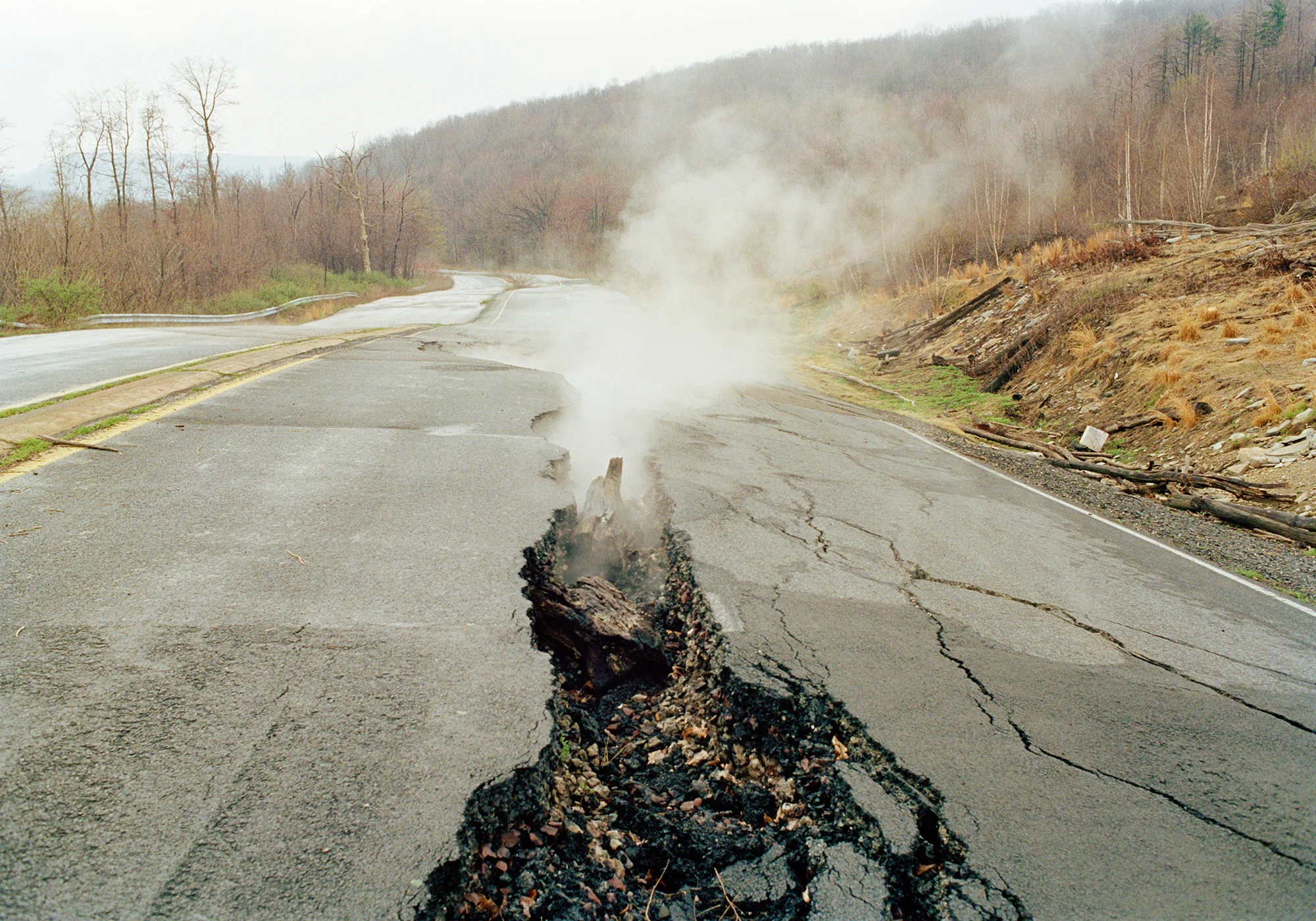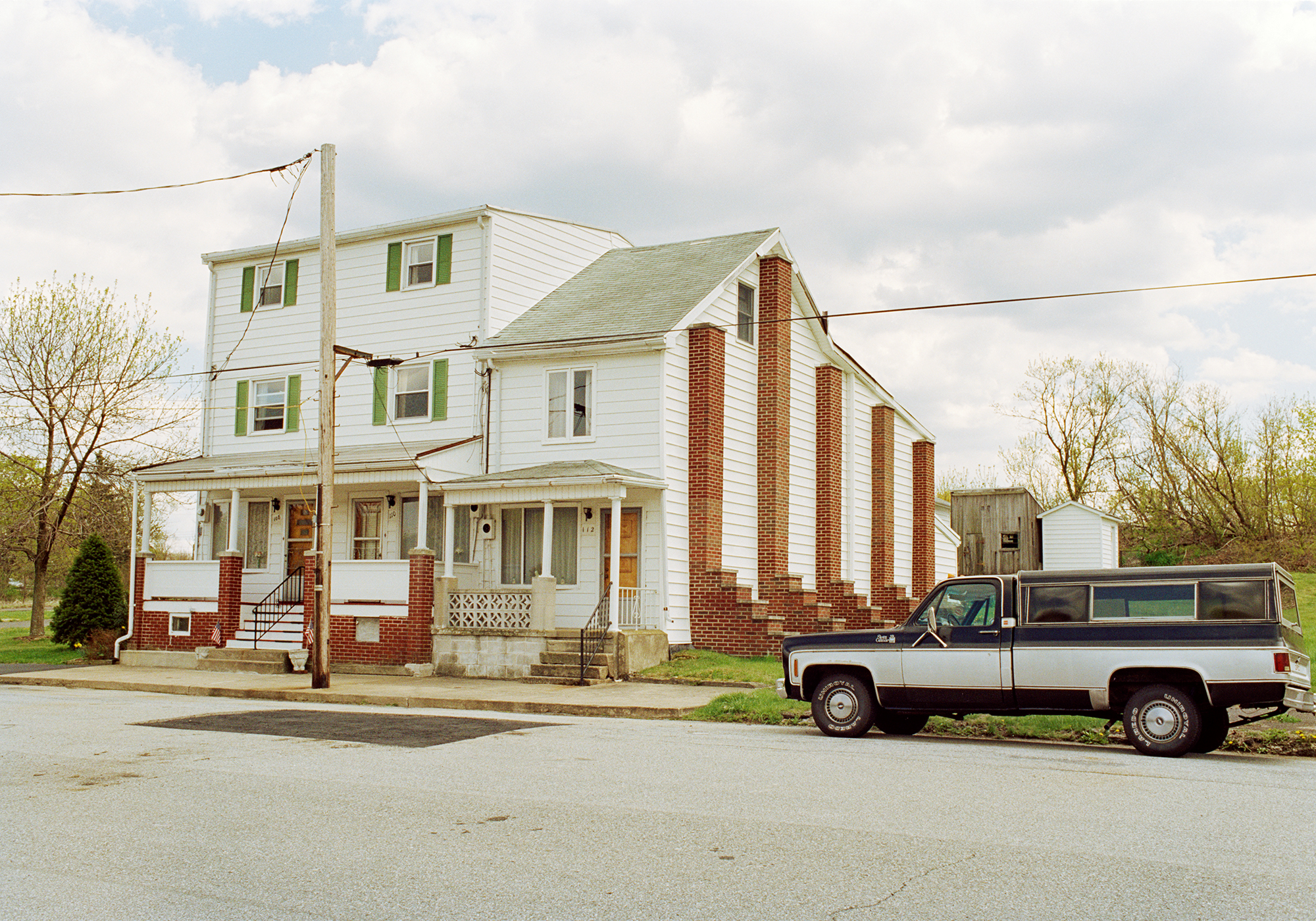CENTRALIA
Centralia, Pennsylvania is the site of an underground coal mine fire that has burned for nearly five decades.
PROJECT STATEMENT
Centralia, Pennsylvania is the site of an underground coal mine fire that has burned for nearly five decades. It is estimated the uncontrolled fire could burn for hundreds of years.
The fire began at the town dump. It was a common practice for Centralia’s refuse to be incinerated in former strip-mining pits. Around Memorial Day 1962, a trash burn ignited a vein of coal connected to an abandoned mine. Attempts were made to contain the fire’s spread, but the work was poorly organized and inadequately funded. Throughout the 1960’s and 1970’s, the severity and consequences of the underground fire were generally ignored. In 1979, a gas station owner discovered the temperature in underground storage tanks was 172 degrees Fahrenheit. Not enough heat for the gasoline to combust, but the event generated dramatic scenarios. Two years later, a young boy was crossing a resident’s backyard when the ground collapsed beneath him. Todd Domboski clung to tree roots in the carbon monoxide filled hole before his cousin could pull him to safety. At that point, the danger posed to Centralia’s 1,100 residents seemed unmistakable. Displacement of the town began in 1984, when the federal government purchased and razed most structures.
The fire has profoundly impacted the landscape of Centralia. As it moves closer to the surface, intense heat burns the ground from below, charring rocks and bleaching vegetation. In other areas, vividly colored moss grows year round because of the unusual warmth. The underground activity is clearly delineated during winter, as snow does not accumulate above hot spots. Route 61, Centralia’s main road, was rerouted when severe heat warped and split the pavement. Centralia’s downtown was comprised of row houses, each relying on its neighbor for support. Now, a solitary home is braced by a series of brick pillars that are mistaken for chimneys, suggesting the need to vent smoke and fumes from the structure. Overgrown streets and sidewalks hint at Centralia’s former design. Trash litters the countryside, as abandoned strip-mine pits are still used to dispose of plastic toys, car tires, mattresses, and household appliances.
As of May 2010, Centralia consisted of five homes and nine stubborn residents. Those who remain are convinced the government’s use of eminent domain and forced evictions are a ploy to ultimately clear the town so the underlying coal can be extracted.









